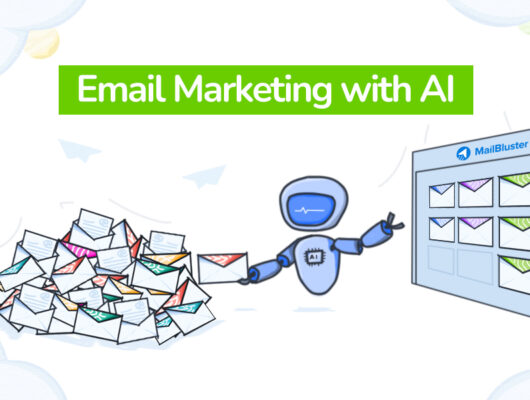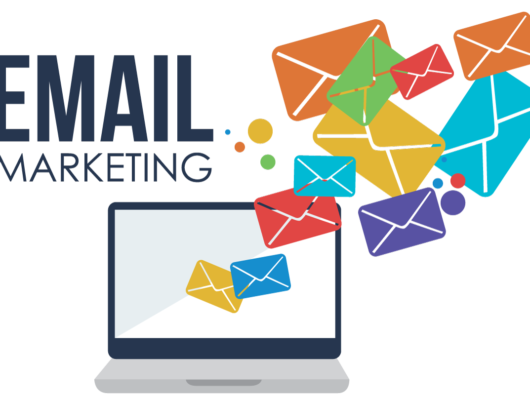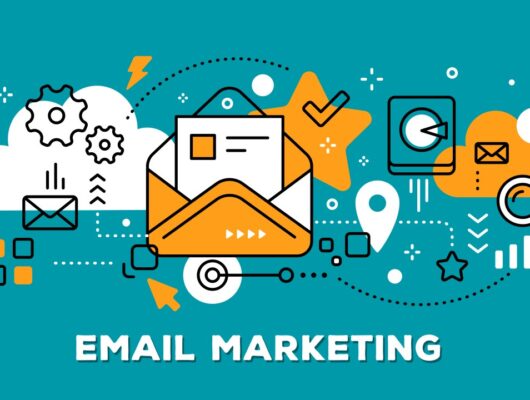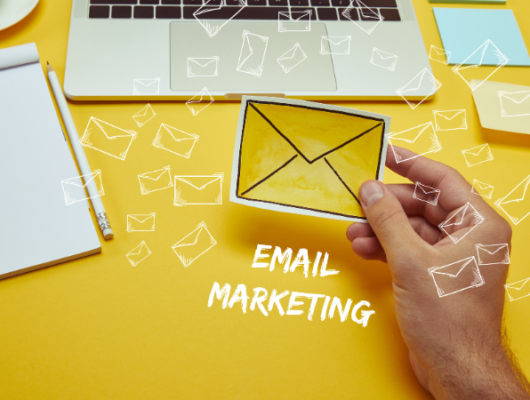In today’s fragmented digital landscape, relying on a single marketing channel is often insufficient to capture the attention of your audience.
Multi-channel email marketing encompasses a strategic approach that combines email with other digital channels to create a cohesive and engaging customer experience.
This article explores the importance, strategies, and best practices of multi-channel email marketing to help businesses enhance their reach and effectiveness.
1. The Importance of Multi-Channel Email Marketing
Multi-channel email marketing integrates email campaigns with other communication channels such as social media, SMS, mobile apps, and websites. This approach ensures that messages reach customers through their preferred mediums, increasing the likelihood of engagement and conversion. The benefits include:
- Increased Engagement: By reaching customers on multiple platforms, you enhance the chances of your message being seen and acted upon.
- Higher Conversion Rates: Consistent messaging across channels reinforces your campaign’s message, leading to better conversion rates.
- Enhanced Customer Insights: Using multiple channels provides more data points to analyze customer behavior and preferences, which can inform future marketing strategies.
2. Strategies for Effective Multi-Channel Email Marketing
Implementing an effective multi-channel strategy involves several key tactics:
- Consistent Branding: Ensure your messaging and visual identity are consistent across all channels to strengthen brand recognition and trust.
- Tailored Content: Adapt your content to fit the strengths and limitations of each channel while maintaining a unified message.
- Segmentation: Use customer data to segment your audience and tailor messages based on their behavior and preferences across different channels.
- Timely Follow-ups: Coordinate messages across channels. For example, follow up an email campaign with a social media post or an SMS reminder.
3. Best Practices for Multi-Channel Email Marketing
To maximize the effectiveness of your multi-channel email marketing campaigns, consider these best practices:
- Integrated Planning: Plan your campaigns with all channels in mind from the start. Think about how different channels can support and amplify each other.
- Automation Tools: Use marketing automation tools to schedule and deploy campaigns across different channels efficiently.
- Performance Monitoring: Track metrics such as open rates, click-through rates, and conversions for each channel. Use this data to adjust and optimize future campaigns.
- Customer Feedback: Regularly collect and analyze customer feedback to understand how different aspects of your multi-channel campaign are received.
4. Tools for Multi-Channel Email Marketing
Several tools can help streamline multi-channel email marketing:
- CRM Systems: Tools like Salesforce and HubSpot integrate email marketing with other customer relationship management features.
- Marketing Automation Platforms: Software like Marketo, Mailchimp, and Adobe Marketing Cloud offer capabilities for managing multiple channels from a single platform.
- Analytics and Reporting Tools: Use Google Analytics and custom dashboards to measure the effectiveness of your campaigns across different channels.
5. Examples and Case Studies
Provide practical examples or case studies that demonstrate successful multi-channel email marketing. Detail how businesses have integrated email with other channels to create a seamless customer journey and the outcomes of such strategies.
Conclusion
Multi-channel email marketing allows businesses to reach audiences where they are most active and engaged, enhancing the overall effectiveness of marketing efforts.
By using a strategic approach to integrate email with other channels, companies can provide a consistent, personalized customer experience that drives engagement and conversions.
As digital landscapes evolve, so too should the strategies that businesses employ to communicate with their customers.







